|
Your search criteria found 1300 images Gallery: Universe |
| My List |
Addition Date | Target |
Mission
|
Instrument | Size |

|
2005-12-20 | IRS 46 |
Spitzer Space Telescope |
Infrared Spectrograph (IRS) |
3000x2128x3 |
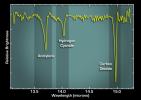
|
|||||

|
2005-12-20 | IRS 46 |
Spitzer Space Telescope |
3000x2400x3 | |
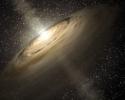
|
|||||

|
2005-12-22 |
Spitzer Space Telescope |
IRAC Multiband Imaging Photometer (MIPS) |
2310x3897x3 | |

|
|||||

|
2006-01-09 | Helix Nebula |
Spitzer Space Telescope |
IRAC |
2400x2794x3 |

|
|||||

|
2006-01-10 | Milky Way |
Spitzer Space Telescope |
IRAC |
7002x5050x3 |
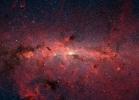
|
|||||

|
2006-01-10 | Milky Way |
Spitzer Space Telescope |
IRAC |
7002x5050x3 |
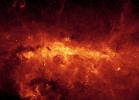
|
|||||

|
2006-02-08 | R 66 |
Spitzer Space Telescope |
Infrared Spectrometer (IRS) |
5140x2400x3 |
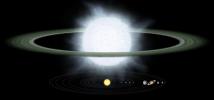
|
|||||

|
2006-02-15 |
Spitzer Space Telescope |
IRAC |
706x869x3 | |

|
|||||

|
2006-02-15 |
Spitzer Space Telescope |
Infrared Spectrograph (IRS) |
3000x2400x3 | |
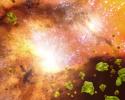
|
|||||

|
2006-03-03 |
Spitzer Space Telescope |
IRAC Near Infrared Spectrometer |
966x966x3 | |
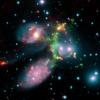
|
|||||

|
2006-03-16 |
Spitzer Space Telescope |
IRAC |
480x640x3 | |

|
|||||

|
2006-03-21 |
Spitzer Space Telescope |
IRAC |
2243x2240x3 | |
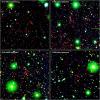
|
|||||

|
2006-04-05 |
Spitzer Space Telescope |
3200x2400x3 | ||
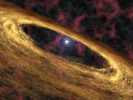
|
|||||

|
2006-04-05 |
Spitzer Space Telescope |
3000x2400x3 | ||
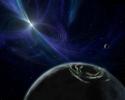
|
|||||

|
2006-04-26 |
Spitzer Space Telescope |
IRAC |
1010x1010x3 | |
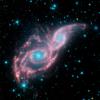
|
|||||

|
2006-05-11 |
Spitzer Space Telescope |
IRAC MIPS Visible Light |
900x859x3 | |
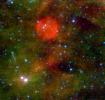
|
|||||

|
2006-06-05 | Messier 31 |
Spitzer Space Telescope |
IRAC |
720x486x3 |
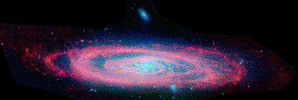
|
|||||

|
2006-06-05 |
Spitzer Space Telescope |
IRAC Mosaic-I Camera Mayall 4-Meter Telescope |
1114x1380x3 | |

|
|||||

|
2006-06-09 |
Spitzer Space Telescope |
IRAC |
2325x2329x3 | |
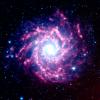
|
|||||

|
2006-07-24 |
Spitzer Space Telescope |
3200x2400x3 | ||
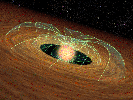
|
|||||

|
2006-08-15 | Orion |
Spitzer Space Telescope |
IRAC |
3220x6000x3 |

|
|||||

|
2006-08-15 | Orion |
Spitzer Space Telescope |
IRAC |
2240x2086x3 |
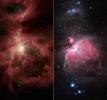
|
|||||

|
2006-08-15 | Orion |
Spitzer Space Telescope |
IRAC |
19937x6972x3 |
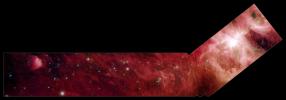
|
|||||

|
2006-08-15 | Orion |
Spitzer Space Telescope |
IRAC |
3000x1800x3 |
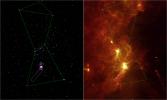
|
|||||

|
2006-09-01 |
Spitzer Space Telescope |
IRAC |
6000x6000x3 | |
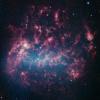
|
|||||

|
2006-09-01 |
Spitzer Space Telescope |
IRAC Multiband Imaging Photometer (MIPS) |
6000x6000x3 | |
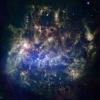
|
|||||

|
2008-01-10 | NGC 3621 |
Spitzer Space Telescope |
Infrared Spectrograph (IRS) |
3000x2400x3 |
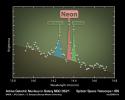
|
|||||

|
2006-10-12 |
Spitzer Space Telescope |
640x479x3 | ||
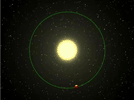
|
|||||

|
2006-10-12 |
Spitzer Space Telescope |
MIPS |
2396x2680x3 | |

|
|||||

|
2006-10-12 |
Spitzer Space Telescope |
2400x3200x3 | ||

|
|||||

|
2006-10-26 | Cassiopeia A |
Spitzer Space Telescope |
2400x3000x3 | |

|
|||||

|
2006-10-26 | Cassiopeia A |
Spitzer Space Telescope |
IRAC |
638x477x3 |
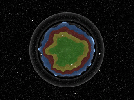
|
|||||

|
2006-10-26 | Cassiopeia A |
Spitzer Space Telescope |
IRAC |
1600x1600x3 |
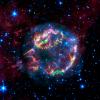
|
|||||

|
2006-10-27 |
Spitzer Space Telescope |
IRAC Multiband Imaging Photometer (MIPS) |
3000x2300x3 | |
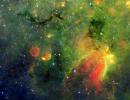
|
|||||

|
2006-10-03 |
Spitzer Space Telescope |
MIPS |
1500x558x3 | |

|
|||||

|
2006-10-27 |
Spitzer Space Telescope |
IRAC Multiband Imaging Photometer (MIPS) |
2448x2244x3 | |
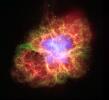
|
|||||

|
2006-11-07 |
Spitzer Space Telescope |
IRAC Ultraviolet/Visible Camera |
6000x6000x3 | |
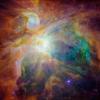
|
|||||

|
2006-12-08 |
Spitzer Space Telescope |
IRAC |
2320x2420x3 | |

|
|||||

|
2006-12-08 |
Spitzer Space Telescope |
MIPS |
2861x1439x3 | |
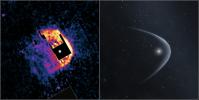
|
|||||

|
2006-12-08 |
Spitzer Space Telescope |
IRAC |
3000x2141x3 | |
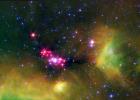
|
|||||

|
2006-12-18 |
Spitzer Space Telescope |
644x481x3 | ||
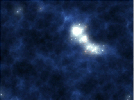
|
|||||

|
2006-12-18 |
Spitzer Space Telescope |
IRAC |
2430x1525x3 | |
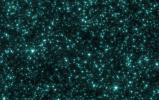
|
|||||

|
2007-01-09 |
Spitzer Space Telescope |
IRAC Multiband Imaging Photometer (MIPS) |
2100x2400x3 | |

|
|||||

|
2007-01-26 |
Spitzer Space Telescope |
3000x2400x3 | ||
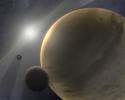
|
|||||

|
2007-01-26 |
Spitzer Space Telescope |
3200x2400x3 | ||
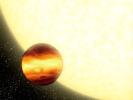
|
|||||

|
2007-01-26 |
Spitzer Space Telescope |
IRAC |
720x720x3 | |
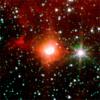
|
|||||

|
2007-02-12 | Helix Nebula |
Spitzer Space Telescope |
IRAC Multiband Imaging Photometer (MIPS) |
4279x3559x3 |
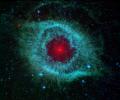
|
|||||

|
2007-02-21 |
Spitzer Space Telescope |
3000x2400x3 | ||
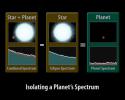
|
|||||

|
2007-02-21 |
Spitzer Space Telescope |
Infrared Spectrograph (IRS) |
3000x2400x3 | |
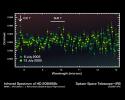
|
|||||

|
2007-02-21 |
Spitzer Space Telescope |
Infrared Spectrograph (IRS) |
3000x2400x3 | |
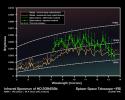
|
|||||

|
2007-02-21 |
Spitzer Space Telescope |
Infrared Spectrograph (IRS) |
3000x2400x3 | |
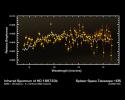
|
|||||

|
2007-02-21 |
Spitzer Space Telescope |
3000x2400x3 | ||
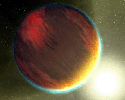
|
|||||

|
2007-03-29 |
Spitzer Space Telescope |
IRAC |
3000x2400x3 | |
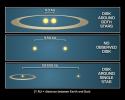
|
|||||

|
2007-03-29 |
Spitzer Space Telescope |
3000x2000x3 | ||
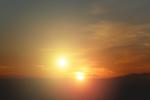
|
|||||

|
2007-03-29 |
Spitzer Space Telescope |
3000x2400x3 | ||
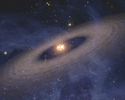
|
|||||

|
2007-04-16 | Pleiades |
Spitzer Space Telescope |
IRAC |
2855x2855x3 |
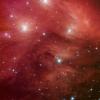
|
|||||

|
2007-04-16 | Pleiades |
Spitzer Space Telescope |
IRAC Multiband Imaging Photometer (MIPS) |
2855x2855x3 |
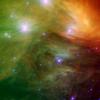
|
|||||

|
2007-04-18 | Rosette Nebula |
Spitzer Space Telescope |
3300x2400x3 | |
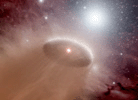
|
|||||

|
2007-04-18 | Rosette Nebula |
Spitzer Space Telescope |
IRAC |
1669x1439x3 |
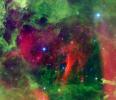
|
|||||

|
2007-04-18 | Rosette Nebula |
Spitzer Space Telescope |
IRAC |
639x479x3 |
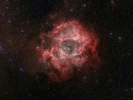
|
|||||

|
2007-05-01 |
Spitzer Space Telescope |
IRAC Visible Light |
2838x948x3 | |
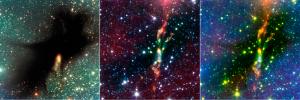
|
|||||

|
2007-05-09 | HD 189733b |
Spitzer Space Telescope |
IRAC |
640x473x3 |
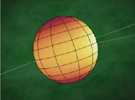
|
|||||

|
2007-05-09 | HD 189733b |
Spitzer Space Telescope |
IRAC |
640x467x3 |
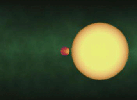
|
|||||

|
2007-05-09 | HD 149026b |
Spitzer Space Telescope |
638x479x3 | |
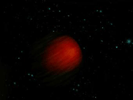
|
|||||

|
2007-05-17 | Barnard 30 |
Spitzer Space Telescope |
IRAC Multiband Imaging Photometer (MIPS) |
3182x1282x3 |
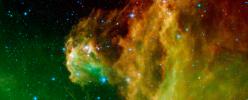
|
|||||

|
2007-05-17 | Barnard 30 |
Spitzer Space Telescope |
IRAC |
3086x1711x3 |
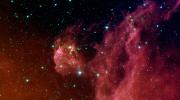
|
|||||

|
2007-05-29 |
Spitzer Space Telescope |
IRAC |
4097x3557x3 | |
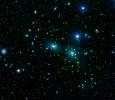
|
|||||

|
2007-06-13 | N132D |
Spitzer Space Telescope |
Chandra X-ray Telescope Infrared Array Camera (IRAC) Multiband Imaging Photometer (MIPS) |
1806x1200x3 |
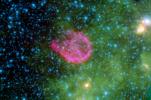
|
|||||

|
2007-07-11 | HD 189733b |
Spitzer Space Telescope |
Infrared Spectrograph (IRS) |
3000x2136x3 |
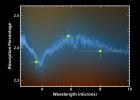
|
|||||

|
2007-07-24 |
Spitzer Space Telescope |
3000x2400x3 | ||
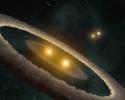
|
|||||

|
2007-08-06 | CL0958+4702 |
Spitzer Space Telescope |
IRAC |
690x690x3 |
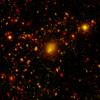
|
|||||

|
2007-08-06 | CL0958+4702 |
Spitzer Space Telescope |
3000x2400x3 | |
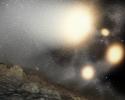
|
|||||

|
2007-08-06 | CL0958+4702 |
Spitzer Space Telescope |
3000x2400x3 | |
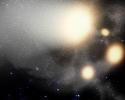
|
|||||

|
2007-08-24 | Helix Nebula |
Spitzer Space Telescope |
IRAC |
4370x4070x3 |
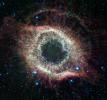
|
|||||

|
2007-08-29 | NGC 1333 |
Spitzer Space Telescope |
Infrared Spectrograph (IRS) |
3000x2400x3 |
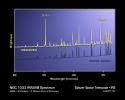
|
|||||

|
2007-08-29 | NGC 1333 |
Spitzer Space Telescope |
IRAC |
3000x2400x3 |
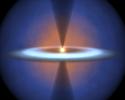
|
|||||

|
2007-08-29 | NGC 1333 |
Spitzer Space Telescope |
3200x2400x3 | |
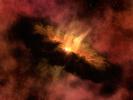
|
|||||

|
2007-09-13 |
Spitzer Space Telescope |
IRAC Chandra X-ray Telescope |
3300x3300x3 | |
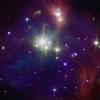
|
|||||

|
2007-09-13 |
Spitzer Space Telescope |
IRAC |
3300x3300x3 | |
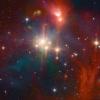
|
|||||

|
2007-10-03 |
Spitzer Space Telescope |
3000x2400x3 | ||
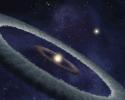
|
|||||

|
2007-10-09 |
Spitzer Space Telescope |
Infrared Spectrograph (IRS) |
2865x1749x3 | |
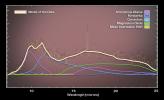
|
|||||

|
2007-10-09 |
Spitzer Space Telescope |
Infrared Spectrograph (IRS) |
3000x2400x3 | |

|
|||||

|
2007-10-22 |
Spitzer Space Telescope |
Infrared Spectrometer (IRS) |
2997x1689x3 | |
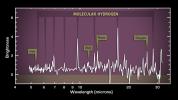
|
|||||

|
2007-10-22 |
Spitzer Space Telescope |
IRAC |
2084x2302x3 | |

|
|||||

|
2007-10-25 |
Spitzer Space Telescope |
MIPS |
1003x1139x3 | |

|
|||||

|
2007-10-25 |
Spitzer Space Telescope |
3000x2400x3 | ||
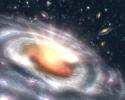
|
|||||

|
2007-11-08 | HH 46/47 |
Spitzer Space Telescope |
IRAC |
2000x1600x3 |
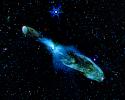
|
|||||

|
2007-11-29 | L1157 |
Spitzer Space Telescope |
IRAC |
1171x1444x3 |

|
|||||

|
2007-12-18 | NGC 4258 |
Spitzer Space Telescope |
IRAC |
3000x2501x3 |
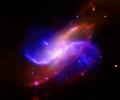
|
|||||

|
2007-12-20 | Cassiopeia A |
Spitzer Space Telescope |
Infrared Spectrograph (IRS) |
960x960x3 |
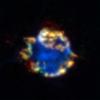
|
|||||

|
2007-12-20 | Cassiopeia A |
Spitzer Space Telescope |
Infrared Spectrograph (IRS) |
3000x2400x3 |
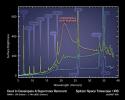
|
|||||

|
2008-01-10 |
Spitzer Space Telescope |
3000x2400x3 | ||
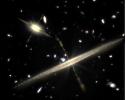
|
|||||

|
2008-01-25 | Abell 1763 |
Spitzer Space Telescope |
2688x1962x3 | |
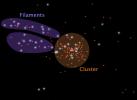
|
|||||

|
2008-02-11 | Rho Ophiuchi |
Spitzer Space Telescope |
IRAC Multiband Imaging Photometer (MIPS) |
6020x2905x3 |
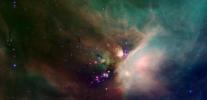
|
|||||

|
2008-02-11 | Rho Ophiuchi |
Spitzer Space Telescope |
IRAC |
6020x2905x3 |
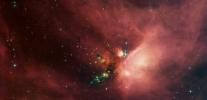
|
|||||

|
2008-03-27 | HD 189733b |
Spitzer Space Telescope |
1514x1499x3 | |
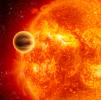
|
|||||

|
2008-04-10 | Omega Centauri |
Spitzer Space Telescope |
IRAC Multiband Imaging Photometer (MIPS) |
1400x1400x3 |
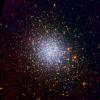
|
|||||

|
2008-05-28 |
Spitzer Space Telescope |
IRAC Infrared Spectrograph (IRS) MIPS |
925x925x3 | |
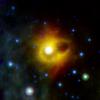
|
|||||

|
2008-05-29 |
Spitzer Space Telescope |
641x481x3 | ||
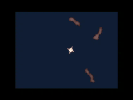
|
|||||

|
2008-05-29 | Cassiopeia A |
Spitzer Space Telescope |
641x479x3 | |
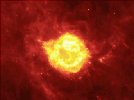
|
|||||

|
 |
 |
 |
 |
 |
 |
 |
 |
 |
 |

|
| 1-100 | 101-200 | 201-300 | 301-400 | 401-500 | 501-600 | 601-700 | 701-800 | 801-900 | 901-1000 |
| Currently displaying images: 801 - 900 of 1300 |